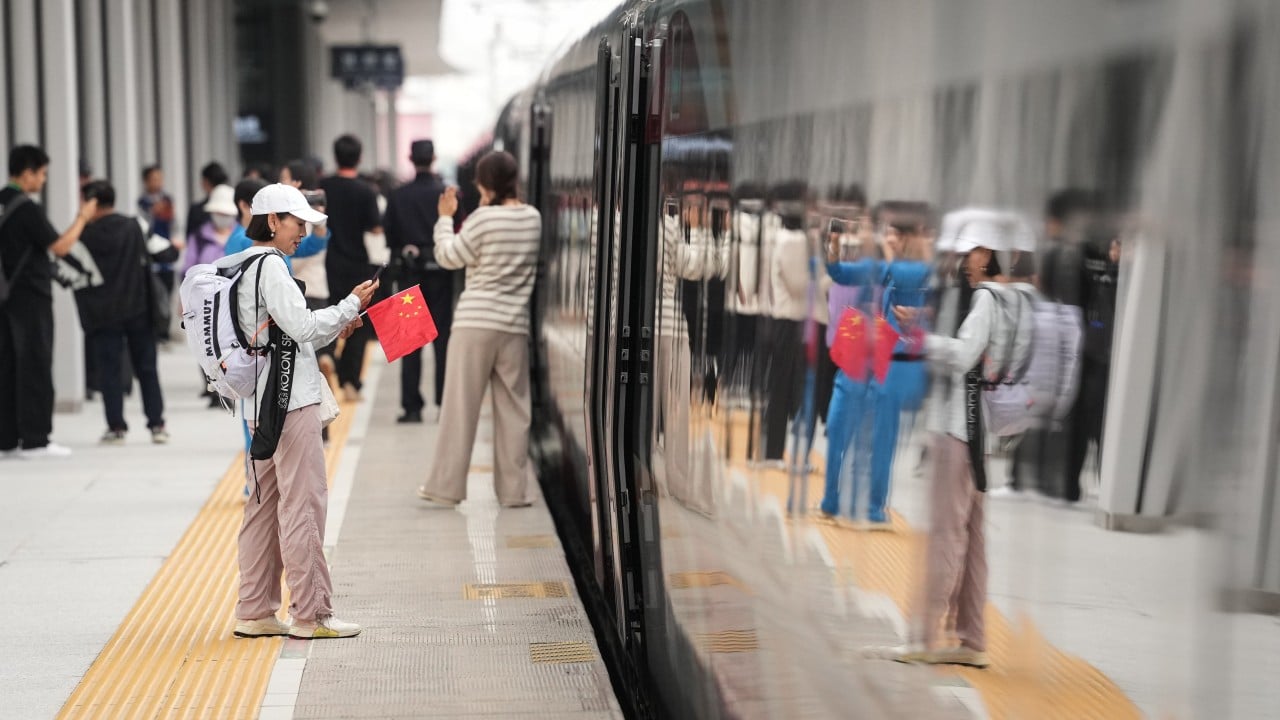Two hundred years ago on September 27, the age of the passenger train was born. Hundreds of passengers journeyed 26 miles from the coal mining town of Shildon in northeastern England through Darlington to the port of Stockton. George Stephenson’s steam-powered Locomotion No 1 carried them at 24km per hour, but its average speed on that historic journey was a little over half.
Advertisement
Today, the world is criss-crossed by hundreds of thousands of kilometres of railways, carrying around six billion tonnes of freight and seeing more than 20 billion passenger journeys per year, but until recently railways have been the Cinderella of transport, surpassed by massive container ships for freight and by the charisma of air travel for passengers.
Its history was of grimy freight trains, constant breakdowns and dramatic high-mortality crashes. In many parts of the world, it provided the poor man’s transport, with stiff wooden seats, unspeakably unsanitary toilets, aisles littered with the detritus of snacks – in China, I remember mostly sunflower seed hulls.
Nevertheless, I’m sure most of us have at least one romantic train journey story to cherish. As a young Financial Times journalist, assigned in 1982 to spend three months training newly minted China Daily journalists, I was spared just one long holiday weekend away from Beijing. My choice was simple: a 15-hour overnight sleeper train to see the terracotta warriors in Xian. Today, that journey from Beijing to Xian takes just four hours.
The sleek eight-car Fuxing high-speed trains that whisk you to Xian at a top speed of 450km an hour are part of a national 48,000km network that links Harbin in the far northeast to Urumqi in the far west, as well as Xishuangbanna down south, close to the Myanmar border. Nothing better encapsulates the miraculous transformations that have been engineered within China’s rail system.
Advertisement
For sure, Japan’s Shinkansen has also done a sterling job in making railway travel synonymous with speed, luxury and reliability. But China’s railway revolution is distinct and may prove unique. The transformation has unfolded in just 17 years. China’s first high-speed rail route, the 117km Beijing-Tianjin line, opened in 2008, and now bullets commuters between the two cities in 30 minutes.


